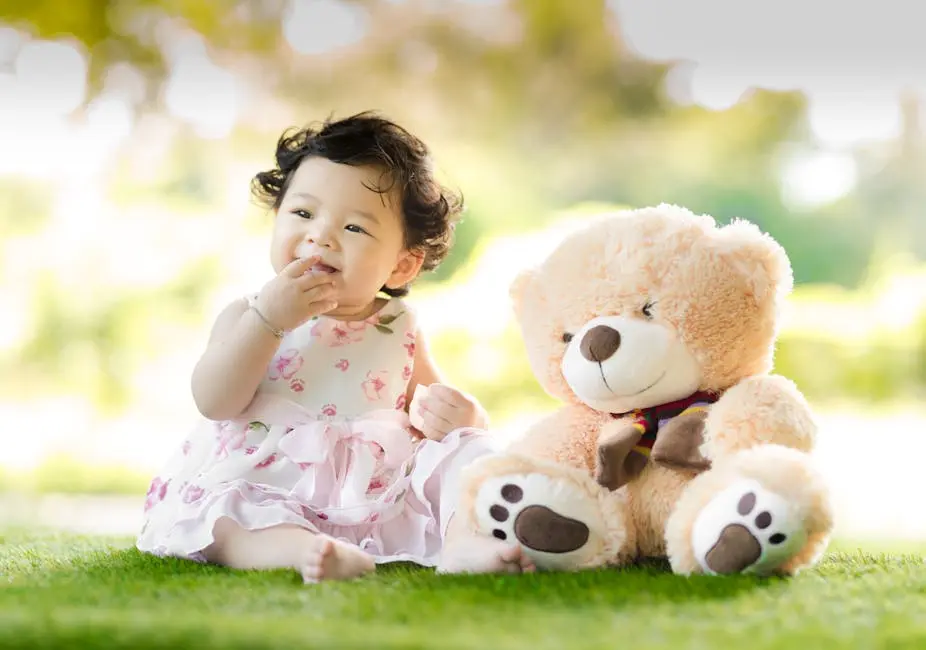How Do I Choose Safe Stuffed Animals for My Child?

Choosing the right stuffed animal for your child is essential for their safety and enjoyment. In this guide, we will walk you through the key factors to consider when selecting safe stuffed animals to ensure your child’s playtime is both fun and secure.
Check Material Safety
Look for stuffed animals made from non-toxic, hypoallergenic materials to minimize health risks. Materials like organic cotton or soft polyester fill are usually safer choices.
It’s crucial to check labels for any harmful chemicals. Manufacturers must comply with safety standards, but not all do. A quick glance at the materials can make a big difference.
When selecting stuffed animals, consider any allergies your child may have. Even items marked as ‘safe’ can provoke reactions. Prioritize hypoallergenic options for peace of mind.
Finally, cleanliness is essential. Ensure that the materials are washable so your child’s favorite stuffed animal can be kept clean and hygienic, contributing to their overall safety.
Examine Construction Quality
Inspect the stitching and overall durability to ensure it can withstand rough play without falling apart. Check for double seams or reinforced stitching to enhance longevity.
An important consideration is the stuffing. Toys with poorly filled bodies might collapse and reveal sharp edges or small parts accidentally. Opt for quality construction that ensures safety.
Additionally, feel for any loose threads or small parts that could be easily pulled off. If the toy seems flimsy at first glance, it might not be the best option for an active child.
Think also about how easy it is to clean the plush toy. Durable fabrics that can tolerate regular washing will not only extend the life of the stuffed animal but also keep it safe and healthy for your child.
Research Age Appropriateness
Select stuffed animals that are appropriate for your child’s age to avoid choking hazards or small parts. Manufacturer labels usually provide helpful age ranges for toys, which is a great starting point.
You should be particularly cautious with infants and toddlers, as they tend to explore the world by putting things in their mouths. Choose larger, chunkier stuffed animals for the youngest ones to keep them safe.
As children grow, their play needs evolve. Opt for bigger, more articulated stuffed animals for older toddlers and kids who are more aware of how to handle toys responsibly.
Ultimately, always supervise playtime, especially with younger children. Monitoring their interactions with stuffed animals can go a long way in ensuring safe, enjoyable experiences.
Review Safety Certifications
Look for safety certifications from recognized organizations to guarantee the toy meets safety standards. Certifications such as ASTM or EN71 are indicators of quality and safety.
Understanding these certifications can help you navigate the overwhelming options available for stuffed animals. This knowledge empowers you to make informed decisions while shopping.
In addition, don’t hesitate to read online reviews or mom blogs about the toys you’re considering. Real-life experiences can shed light on whether a toy truly lives up to its safety claims.
And remember, the absence of a certification doesn’t automatically mean a toy is unsafe. Use a combination of research and intuition to gauge the overall safety of your stuffed animal choices.
Final Thoughts on Choosing Safe Stuffed Animals
By following the guidelines outlined above, you can confidently choose a safe stuffed animal that your child will love. Remember, safety should always come first when shopping for toys.












Leave a comment